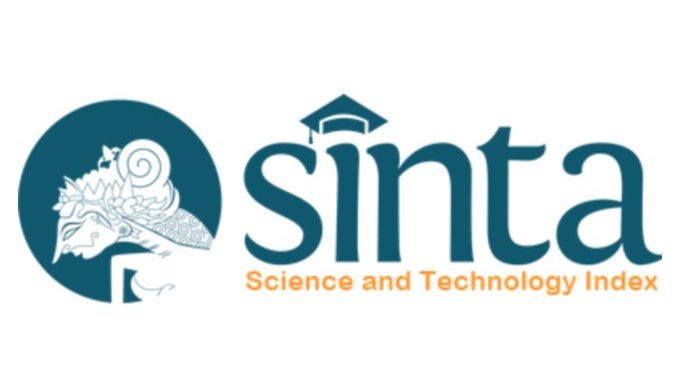Diagnosis dan Tatalaksana Kriptorkhismus
DOI:
https://doi.org/10.55175/cdk.v48i3.49Kata Kunci:
Infertilitas, kriptorkhismus, undescended testisAbstrak
Kriptorkhismus merupakan kelainan genital paling sering terjadi pada bayi laki-laki. Faktor risikonya adalah prematuritas, riwayat keluarga, berat bayi baru lahir rendah, riwayat merokok selama kehamilan, penggunaan obat analgesik, dan pemberian hormon estrogen selama kehamilan. Diagnosis dengan pemeriksaan fisik yang baik penting untuk deteksi dini. Kriptorkhismus umumnya dapat turun spontan ke skrotum dalam enam bulan pertama kehidupan. Tatalaksana pembedahan masih menjadi pilihan dengan angka kesuksesan lebih tinggi dibandingkan terapi hormonal yang saat ini tidak lagi direkomendasikan. Tatalaksana awal kriptorkhismus dapat menurunkan risiko penurunan fertilitas dan risiko keganasan testis.
Cryptorchidism is the most common genital malformation in boys. Risk factors are prematurity, family history, low birth weight, history of smoking during pregnancy, maternal use of analgesics, and exposure to high level estrogen during pregnancy. Proper physical examination contributes greatly to early detection. Most cryptorchidism can descend spontaneously into the scrotum without any medical interventions prior to six months. Surgical intervention remains the treatment of choice with a success rate significantly higher than hormonal therapy, which is no longer recommended. Early treatment can reduce risk of decreased fertility and testicular malignancy.
Unduhan
Referensi
Kurz D. Current management of undescended testes. Curr Treat options Pediatr. 2016;2(1):43–51.
Niedzielski JK, Oszukowska E, Słowikowska-Hilczer J. Undescended testis – current trends and guidelines: A review of the literature. Arch Med Sci. 2016;3:667–77.
Radmayr C, Dogan HS, Hoebeke P, Kocvara R, Nijman R, Stein R, et al. Management of undescended testes: European Association of Urology/European Society for paediatric urology guidelines. J Pediatr Urol. 2016;12(6):335–43.
Jensen MS, Toft G, Thulstrup AM, Henriksen TB, Olsen J, Christensen K, et al. Cryptorchidism concordance in monozygotic and dizygotic twin brothers, full brothers, and half-brothers. Fertil Steril. 2010;93(1):124–9.
Hackshaw A, Rodeck C, Boniface S. Maternal smoking in pregnancy and birth defects: A systematic review based on 173 687 malformed cases and 11.7 million controls. Hum Reprod Update. 2011;17(5):589–604.
Snijder CA, Kortenkamp A, Steegers EAP, Jaddoe VW V., Hofman A, Hass U, et al. Intrauterine exposure to mild analgesics during pregnancy and the occurrence of cryptorchidism and hypospadia in the offspring: the Generation R Study. Hum Reprod. 2012;27(4):1191–201.
Gurney JK, McGlynn KA, Stanley J, Merriman T, Signal V, Shaw C, et al. Risk factors for cryptorchidism. Nat Rev Urol. 2017;14(9):534–48.
Kolon TF, Herndon CDA, Baker LA, Baskin LS, Baxter CG, Cheng EY, et al. Evaluation and Treatment of Cryptorchidism: AUA Guideline. J Urol. 2014;192(2):337–45.
Braga LH, Kim S, Farrokhyar F, Lorenzo AJ. Is there an optimal contralateral testicular cut-off size that predicts monorchism in boys with nonpalpable testicles? J Pediatr Urol. 2014;10(4):693–8.
Thorup J, Cortes D. Surgical Management of Undescended Testis - Timetable and Outcome: A Debate. Sex Dev. 2019;13(1):11–9.
Unduhan
Diterbitkan
Cara Mengutip
Terbitan
Bagian
Lisensi
Hak Cipta (c) 2021 Cermin Dunia Kedokteran

Artikel ini berlisensi Creative Commons Attribution-NonCommercial 4.0 International License.





















